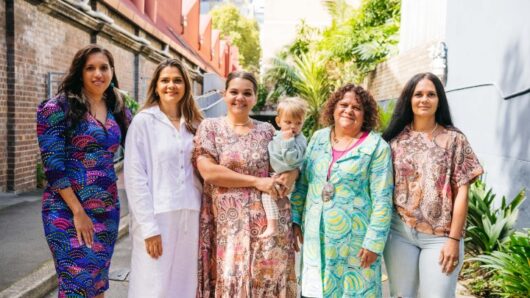Noni B joint MD, David Kindl is disappointed with the fashion chain’s 2013 financial results, citing low margins as a key issue. 
The company has written off the remaining goodwill created when it was listed on the ASX in 2000, resulting in a non-cash impairment charge of $5.0 million and a statutory after tax loss of $3.5 million.
At June 30 Noni B’s cash balance was $9.9 million, compared with $9.3 million at 1 July 2012, and the company had no bank borrowings.
“This is a disappointing result. Revenue increased despite one less week’s trading, however; earnings were affected by lower margins and higher expenses in a year when spending on women’s fashion was impacted by low consumer confidence,” Kindl said.
“The 0.2 per cent reduction in final margin included the effect of a one-off inventory write off of $0.4 million. Inventory was reduced towards the end of the year in view of the current weak market conditions and totalled $13.5 million at 30 June 2013, 11.4 per cent below 30 June 2012.We believe we can maintain this lower level during FY2014, reducing the need for price reductions at the end of seasons and leading to higher average margins.
“Total expenses increased by 3.8 per cent. Sales expenses, including wage costs and marketing costs, increased by 4.7 per cent to $33.9 million, due mainly to higher wage costs, staff training and the introduction of Sunday trading in Western Australia.Occupancy expenses, including rents and depreciation of store fitouts, increased by 4.4 per cent to $31 million due to increases in the number of stores and in store rents, partially offset by reductions negotiated on lease renewals. Administrative expenses fell by 1.7 per cent to $8.3 million,” he said.





